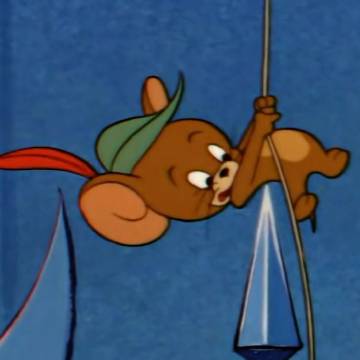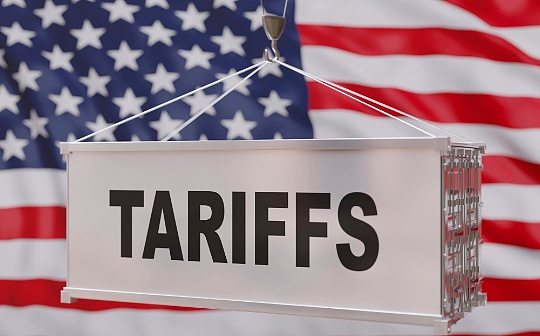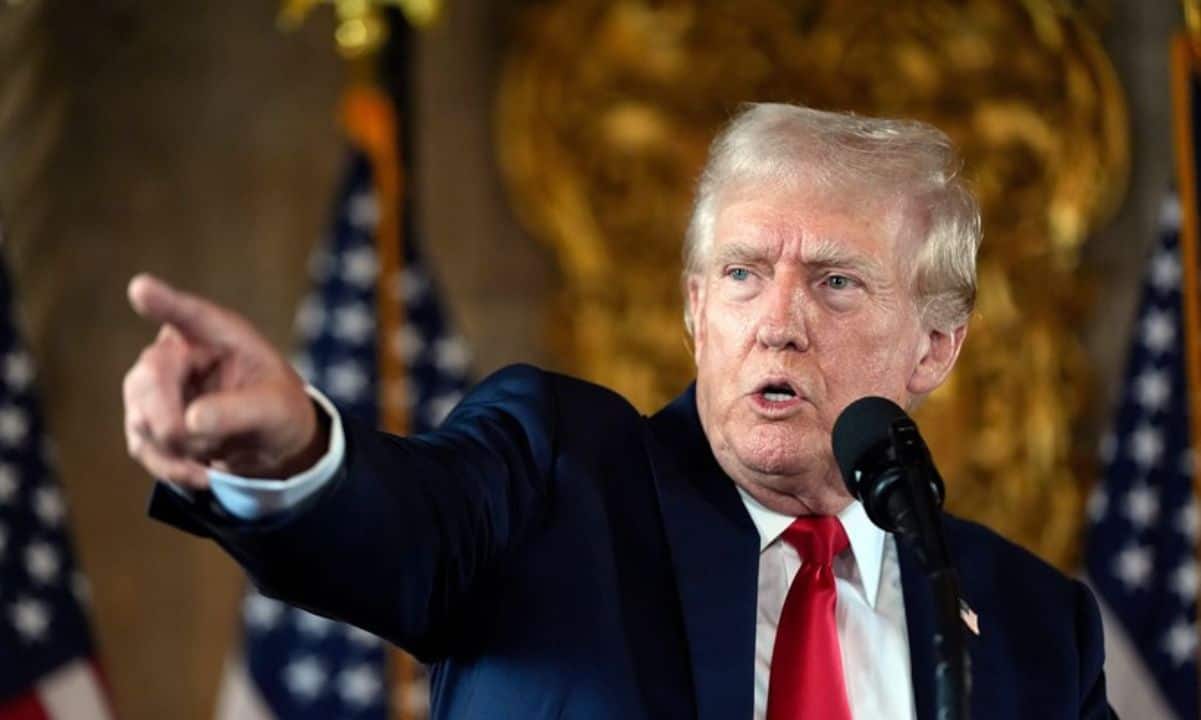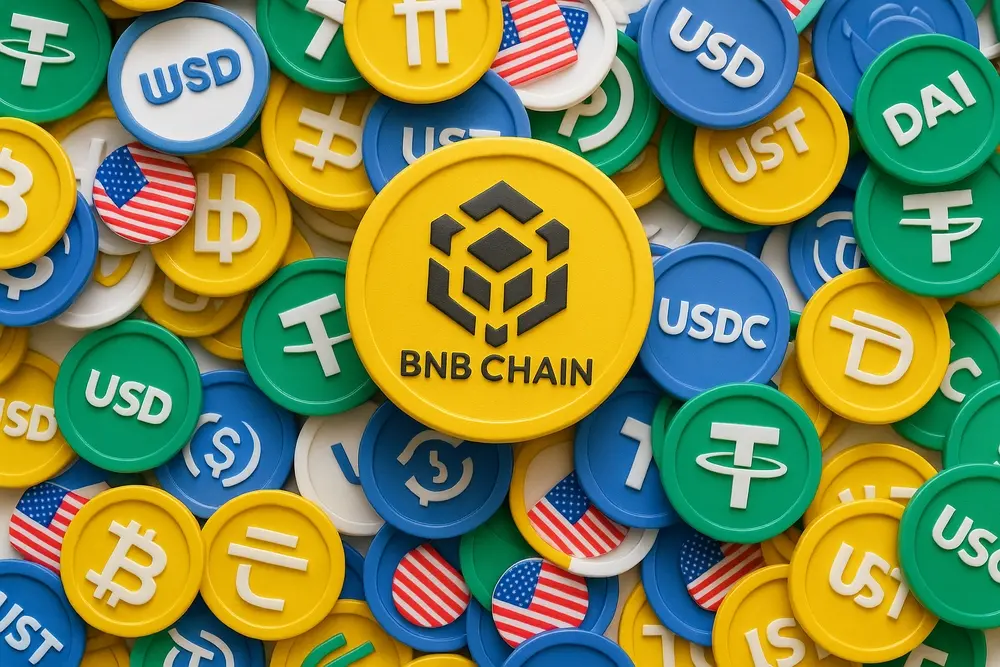Source: Quantum
In today's society, "creativeness" has become an almost unquestionable universal value. From classroom education to corporate strategy, from personal development to urban planning, "creativeness" seems to be everywhere. We praise it, pursue it, measure it, commodify it, and even build a complete ideological system around it. But is creativity really a permanent human talent? Does its rise have other historical roots and cultural motivations?
In the book "Cultivation Worship: The Rise of a Modern Ideology", historian Samuel Franklin systematically sorted out the development process of the concept of "creative" from nothing to something, revealing how it evolved from a cultural stress response to institutionalized anxiety in the mid-20th century America to a core belief that is almost impossible to question today. He tracks how psychologists try to power creativity, how governments and businesses institutionalize it, and how the tech industry uses it to shape its own image. At the same time, he also pointed out that behind this fanatical admiration for creativity, there are structural problems of inequality, anxiety and illusory commitments.
Recently, MIT Technology Review interviewed Samuel Franklin, in which he gave us the opportunity to think deeply about a seemingly simple but highly controversial question: Why are we so obsessed with “creativeness”? As artificial intelligence is increasingly approaching the boundaries of traditional human capabilities, how should we re-understand this trait that was once regarded as unique to humans? This is a knowledge journey about the evolution of ideas, and it is also a deep question about the value system of modern society. Please continue reading.
likeToday, it is difficult for people to reach a consensus on many things. However, even in an era when consensus reality is almost collapsed, there is still a modern value that almost everyone agrees with, that is: creativity.
We instill creativity in education, measure it in various ways, envy it, cultivate it, and worry endlessly about its demise. This is no wonder. We have been taught since childhood that creativity is the key to personal achievement, career success, and even solving globally thorny problems. Over the years, we have established "creative industries", "creative spaces" and "creative cities", and called the entire class that is active as "creative people". We read countless books and articles every year to learn how to release, stimulate, cultivate, enhance and even "crack" our personal creativity. Next, we will read more to master how to manage and protect this valuable resource.
Under this fanaticism, the concept of creativity seems to be like some common sense that has always existed in human civilization, and is a proposition that philosophers and artists have been constantly thinking and debated for eternity. This assumption seems reasonable, but it is actually very wrong. As Samuel Franklin pointed out in his new book The Cult of Creativity, the earliest written use of the word "creativity" was actually in 1875, "as a word, it was just a baby." Even more surprisingly, he wrote that before 1950, "it was hardly any article, book, essay, essay, verse, verse, course, encyclopedia or similar content dedicated to the topic of "creativity."
This can't help but create a series of obvious questions: How do we leaps from almost never talking about creativity to omnipresent creativity? What is the essential difference between "creative" and older vocabulary such as "intellectuality", "cleverness", "imagination" or "artistry"? Perhaps the most critical question is: Why do all of the people from kindergarten teachers to mayors, CEOs, designers, engineers, social activists, and even hungry artists who are in a hurry to believe that creativity is not only a virtue—whether from an individual, social or economic perspective—the answer to all the problems in life?
Thankfully, Franklin offers some possible answers in the book. As a historian and design researcher at the Delft Polytechnic University in the Netherlands, he pointed out that the concept of "creativeness" that we are familiar with today has gradually taken shape in the cultural context of the United States after World War II. It is like a psychotherapy to relieve the tension and anxiety caused by growing conservatism, bureaucracy and suburbanization.
“Creativity is often defined as a trait or process that is vaguely associated with artists and geniuses, but theoretically anyone can have it and applies to any field,” he wrote, “it provides a way for individuals to release in order and also revives the spirit of loneliness in the maze of modern enterprise.”
Brainstorming, as a new way to inspire creative thinking, became popular in the entire American business community in the 1950s. This approach not only responds to the demand for new products and new marketing methods, but also reflects people's panic about social homogeneity and triggers fierce debate: Should true creativity be an independent behavior of individuals or can it be used systematically and institutionally by enterprises? (Photo source: Institute of Personality and Society, UC Berkeley/Monachelli Press)
MIT Technology Review interviewed Franklin and discussed with him why we are still so fascinated by creativity, how Silicon Valley became the so-called "creative center" and what role technologies such as artificial intelligence may play in reshaping our relationship with creativity.
I'm curious about what your relationship with creativity since childhood is like? What prompted you to write a book about it?
Like many children, I have thought creativity was a natural virtue since I was a child. To me - I think for many people who are as good as me, who are not outstanding in sports, mathematics or science - having creativity at least means you have a little future in this world, although what this future is still unclear. After I went to college, thought leaders like TED speakers—people like Daniel Pinker and Richard Florida—have regarded creativity as the most important quality of the future. Basically, the future is a creative talent. If society wants to solve various layers of problems, they must be the ones.
On the one hand, as a person who likes to think he is a little creative, it is hard not to be attracted and impressed by such statements. But on the other hand, I also feel that this set of rhetoric has been seriously exaggerated. The so-called "victory of the creative class" does not really bring about a more inclusive or creative world order. Moreover, in what I call "creative worship", some of the values implicit in it are beginning to appear increasingly problematic - especially the overemphasis on the statements of "self-realization", "do what you love", and "follow your passion". Don't get me wrong - it's a beautiful vision, I do see some people benefiting from it, but I also start to feel that from an economic perspective, this statement is just covering up the dilemma and regression faced by many.
Staff at the University of California Institute of Personality Assessment and Research, in the 1950s, designed a situational interactive experiment called the Bingo Test to understand which factors in people’s lives and environment affect their creative potential. (Photo source: Institute of Personality and Society, UC Berkeley/Monachelli Press)
Nowadays, it is common to criticize the culture of "following enthusiasm" and "struggle hard". But when I started this research project, the concept of "acting quickly, breaking the rules", disruptor thinking, and innovating the economy was almost unquestionable. In a sense, the idea of this book comes from this - I found that creativity has become a bridge to some extent to connect two worlds: one is about innovation and entrepreneurs, and the other is the more emotional, bohemian side of culture. I want to have a deeper understanding of the historical relationship between the two.
When did you start to see creativity as a phenomenon of “worship”?
Like the “cult of domesticity,” I try to use this concept to describe a certain historical moment in which an idea or value system gains wide and uncritical acceptance. I gradually discovered that all kinds of products are taking advantage of "enhancing your creativity" as a selling point - whether it is new office space design, new urban planning, or "try these five simple tips".
You begin to realize that no one will stop and ask, "Huh, why do we all have to be creative? What exactly is creativity?" It has become an unquestionable value, and no matter what a person's political position, he will never think of questioning it. For me, this phenomenon is very unusual and also shows that something very interesting is happening.
Your book focuses on the mid-century psychologists’ attempts to transform “creative” into a quantifiable psychological trait and attempts to define “creative personality.” How did this effort eventually develop?
In short: the effect is not ideal. To study anything, you must first have a clear consensus on the object you are studying. And ultimately, I think these groups of psychologists are very frustrated in defining the scientific standard of what a "creative personality" is. One of their practices is to go straight to those who have become famous in fields that are considered creative—such as writers Truman Capote and Norman Meller, architects Louis Con and Erro Salinin—and then perform a series of cognitive and psychoanalytical tests on them and summarize the results into text. Most of this type of research is led by the Institute for Personality Assessment and Research (IPAR) at the University of California, Berkeley, two of the most important researchers.
Another explanation from psychologists is: "Well, this kind of case study is not practical for setting a universal scientific standard. What we need is a lot of data and enough people to authenticate these 'credibility standards'." The theory proposed by these psychologists is that "divergent thinking" may be a key component of creative achievement. You may have heard of "brick tests"? That is, within a limited time, come up with as many uses as possible for bricks. They basically send variations of this type of test to various objects - officers, elementary school students, ordinary engineers of General Electric... all kinds of people. Tests like this ended up becoming a representative means of measuring “creativeness.”
Are these tests still in use?
When you see news headlines about “Artificial intelligence makes humans more creative” or “Artificial intelligence is more creative than humans”, the tests they rely on are almost always some form of “divergent thinking test.” This is problematic on multiple levels, and the most important thing is that these tests have never been proven to be predictive. In other words, no matter how well a third-year student, a 21-year-old college student, or a 35-year-old adult performs on a divergent thinking test, it does not mean that they will achieve success in creative areas in the future. And these tests were designed to identify and predict "people with creative potential." But so far, no test has really done this.
The cover of Samuel Franklin's book The Cult of Creativity.
When reading your book, I noticed that “creative” is from the beginning a vague, even often contradictory concept. You call this ambiguity in the book "a characteristic, not a defect." Why do you say so?
Nowadays, if you ask any expert who studies creativity what "creativeness" means, they will most likely tell you that creativity is the ability to create new and useful things. This thing can be an idea, a product, an academic paper, or even any kind of outcome. But in any case, "novelity" has always been the core focus of creativity, and it is one of the fundamental differences between it and other similar words such as "imagination" and "intelligent thinking". But you are right: creativity itself is a flexible enough concept that can be applied in various contexts, meaning various (or even contradictory) things. I also mentioned in the book that maybe this word is not accurate, but its ambiguity is precise and meaningful. It can be gameplay, practical, artistic, technical, and excellent, or daily. And that is a big reason why it is so popular.
Is the emphasis on "novelty" and "practicality" also one of the reasons why Silicon Valley regards itself as the center of contemporary creativity?
Absolutely. These two standards are parallel and not contradictory. In an environment like Silicon Valley where techno-saviorism coexists with supercapitalism, novelty is meaningless without practicality (or at least market potential); and without novelty, practicality is also not worthwhile (or difficult to sell). Because of this, they often underestimate things that seem ordinary but extremely important, such as handicrafts, infrastructure, system maintenance and gradual improvements; they support art only because it can inspire practical technology to some extent—and art is often a resistance to practicality in nature.
At the same time, Silicon Valley is also willing to use "creativeness" to package itself because it has its own artistic temperament and symbolic meaning of individualism. They deliberately got rid of the traditional impression of engineers wearing neat uniforms in the R&D labs of physical manufacturing companies, and instead created a counterculture "garage inventor" image - a rebellious character who was free from the system and tinkered with invisible products and experiences in their own garages. To some extent, this shaping also helped them avoid many public doubts and scrutiny.
We have always believed that creativity is the exclusive trait of human beings, with some exceptions in the animal world at most. Is artificial intelligence changing this perception?
In fact, as early as the 1950s, when people began to define "creativeness", the threat of computers to replace white-collar work had begun to emerge. At that time, everyone's thought was: Well, rationality and analytical thinking are no longer exclusive to humans, so what else can we do that machines can never do? And "real creativity" is the answer - this is the last fortress of mankind. For a long time, computers have not posed a substantial challenge to the definition of “creativeness”. But now the situation is different: can they do art and write poetry? Can. Can we create novel, reasonable and practical products? sure.
I think this is exactly what Silicon Valley does. Those large language models are intentionally built into what is in line with our traditional definition of “creativeness.” Of course, whether the things they generate really have "meaning" or "wisdom" is another level of question. If we are talking about "art", I personally think "embodimentality" is a very important factor. Neurological endings, hormones, social instincts, moral sense, intellectual honesty - these may not be necessary conditions for creativity, but they are the key factors in creating "good works" - even those works with a little retro meaning of "beauty". That's why I said,"Can machines really be creative?" The question is not that important; "Can they have wisdom, honesty and caring?" is what we really should think about, especially when we are preparing to incorporate them into our lives and make them our consultants and assistants.。
















No comments yet